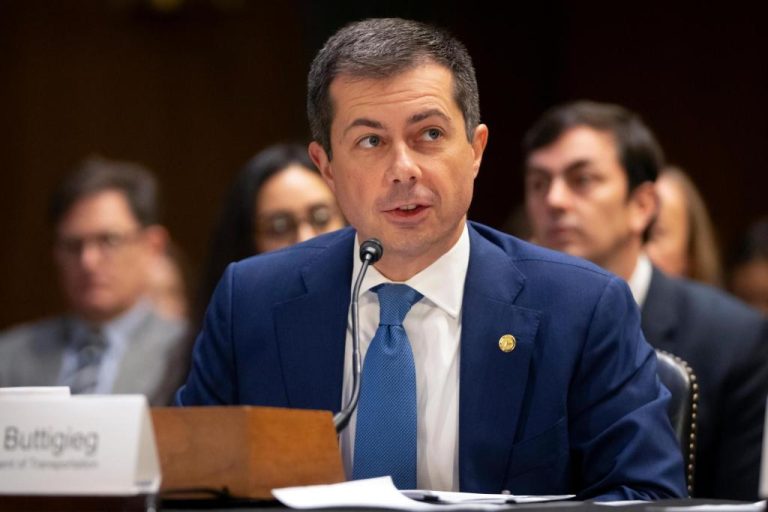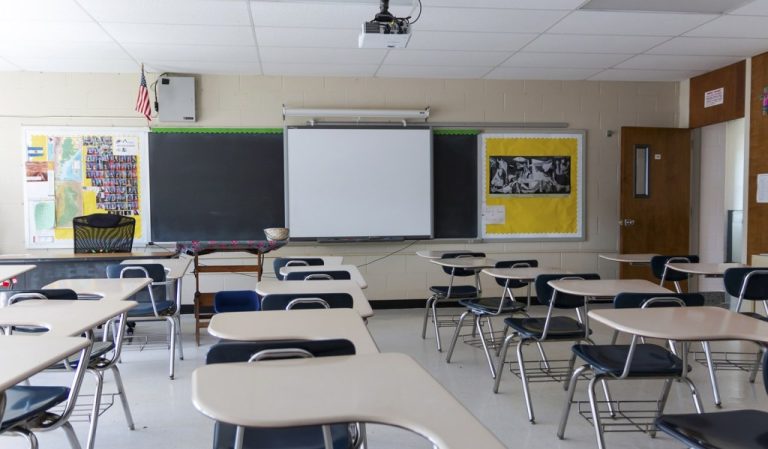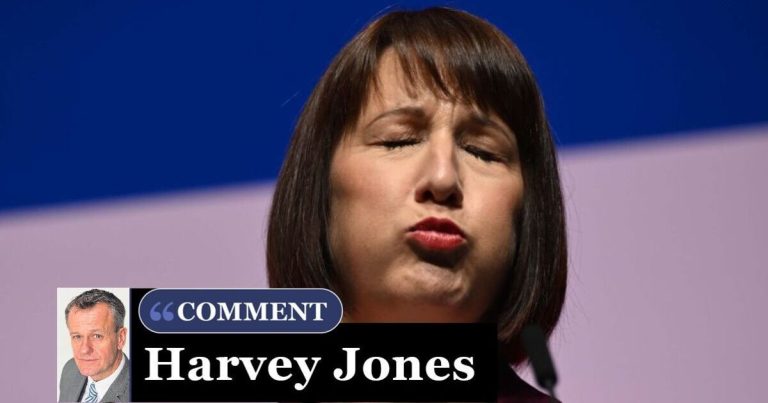San Diego Unified officials shed more light Friday on how they plan to bridge what they now expect is a $93.7 million budget gap for next school year — a plan that includes cutting dozens of central office staff positions and spending down district reserves.
The school district, which has more than 12,000 staff, has not yet said how many people it might lay off. The school board is expected to approve any notices of potential layoffs at its meeting on March 5, as the deadline under state law for districts to issue such notices is March 15.
The district has already begun to notify some central office employees that their positions will be cut. The equivalent of at least 98 full-time central office staff positions have been eliminated so far for next school year, a district spokesperson told The San Diego Union-Tribune in an email.
Among them are jobs that support schools, such as instructional coordinators, program managers and resource teachers, leaders of district bargaining units told the Union-Tribune.
“This is definitely more significant than we ever have in a regular year,” said Donis Coronel, executive director of the bargaining unit that represents district administrators, in an interview Thursday. She said she estimates about 10 percent of her unit’s positions are being cut.
Position eliminations like these don’t always necessarily mean those people will be laid off. They can apply for other open positions, they might be transferred to a different job or they may take a lower-level position, like a classroom teaching job. And some positions being cut are already vacant. Generally, staff whose positions are cut get priority for other jobs in the district depending on seniority and, for teachers, which credentials they carry.
A list of job cuts won’t be made official until the school board approves them.
Closing the district’s budget gap will inevitably affect people, district officials have said, considering that more than 90 percent of the district’s general budget goes to staffing costs such as salaries and benefits.
District leaders have said several times that they are focusing cuts on the district’s central office first in order to minimize cuts to school sites.
“This is really tough because this is people. But our focus has to be on making sure our school sites are fully staffed,” said Wendy Ranck-Buhr, the district’s senior executive director of equity, access and opportunity, at a school board budget workshop Friday.
In addition to reducing staffing, the district is also drawing from its reserves to make ends meet.
It’s spending down so much that those reserves are expected to dwindle from $163 million last school year to about $49 million in 2025. In 2025, it may have just enough to meet its 2 percent reserve level required by state law, according to a board presentation Friday.
San Diego Unified’s reserve level has already been one of the lowest among California’s large unified school districts, district officials were told in another budget workshop last month.
The declining reserves are concerning, student board trustee Matthew Quitoriano said Friday, considering that the district is projecting a $164 million shortfall for the 2025-2026 school year.
“Is that fiscally responsible, given we will have an even larger shortfall next year?” Quitoriano said.
Besides using reserves and the overall potential for layoffs, the district has said its budget reduction strategies include:
- Eliminating vacant positions unless they are necessary.
- Eliminating services that were funded with COVID-19 aid that the district deems less effective or no longer necessary, such as permanent school substitute teachers.
- Cutting central office positions and freezing or reducing central office spending.
- Moving around general unrestricted expenditures to be paid by restricted-use funding sources.
- Generating revenue through various means, such as applying for grants and billing Medi-Cal for existing behavioral health services.
The district’s teachers union urged the school board not to issue any layoffs. San Diego Education Association President Kyle Weinberg said he worries layoffs will make it harder for the district to recruit teachers in already hard-to-staff areas, particularly special education. He said 60 schools currently have special education teacher vacancies.
“Who will want to teach in a district that will cast you off even if it’s not necessary?” Weinberg said during public comment Friday. He said he thinks the district could avoid layoffs by relying on reserves and eliminating vacant positions.
The district’s budget gap comes amid a confluence of factors.
The state learned last fall that it is facing a significant budget deficit for the upcoming fiscal year, largely due to economic fallout from higher federal interest rates. At the same time, one-time federal COVID-19 aid that had boosted schools’ budgets will expire this fall.
Some community members also blame 15 percent across-the-board raises that San Diego Unified approved last year, which was estimated to cost the district $130.5 million last school year and $208 million each following year. District and union leaders have said the raises are necessary to recruit and retain teachers in an expensive metropolitan area, especially in hard-to-staff areas.






